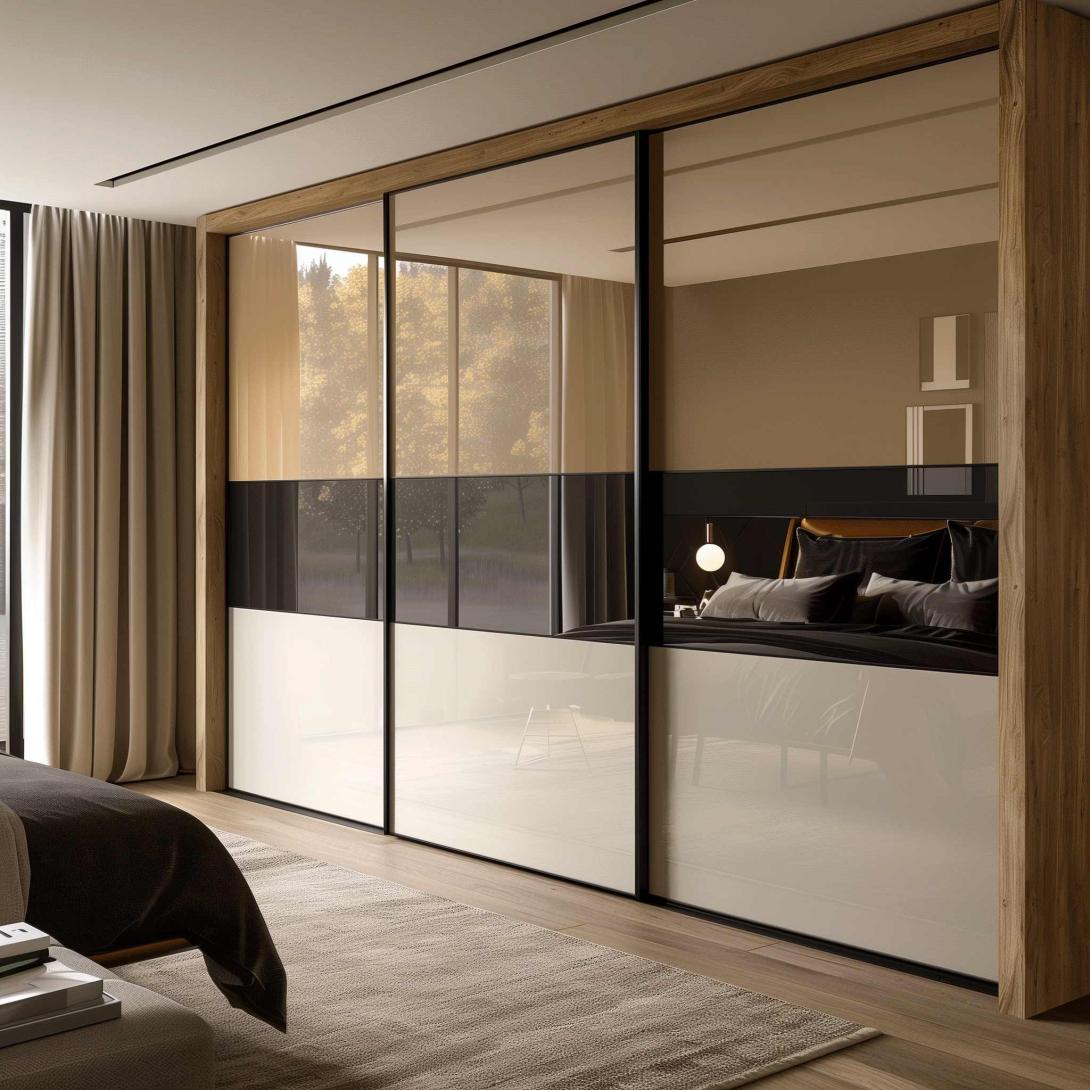
Sliding tables have become increasingly popular in modern home and office spaces due to their versatility, functionality, and stylish designs. Unlike traditional tables, sliding tables can be extended, collapsed, or adjusted in various ways to suit the specific needs of any room. Whether you’re looking to save space, create a multifunctional area, or add a contemporary flair, a sliding table might be the perfect addition to your space.
1. What is a Sliding Table?
A sliding table is a type of table with an adjustable surface that can be extended or reduced in size, thanks to a sliding mechanism. Typically, sliding tables are designed with hidden extensions or panels that allow for quick adjustments, making them ideal for spaces where flexibility is essential. Sliding tables come in various styles, shapes, and materials, which makes them a versatile choice for dining rooms, kitchens, living rooms, or even offices.
2. Key Benefits of Sliding Tables
Sliding tables bring several advantages to any space. Here’s a look at some of the most compelling reasons to consider one for your home or office:
Space-Saving Design
The sliding table’s ability to expand and contract as needed makes it an excellent choice for smaller spaces. By minimizing the footprint when not in use, you can create a more open environment without sacrificing functionality.
Multi-Functionality
Sliding tables are versatile pieces of furniture that can be used in various ways. In addition to dining, they’re ideal for working, crafting, or even socializing with guests. This adaptability makes them valuable in multifunctional spaces, like open-concept apartments or home offices.
Ease of Adjustment
Many sliding tables are designed with user-friendly mechanisms, allowing you to adjust them effortlessly. Some tables have easy-to-grip handles or locks, while others use smooth gliding tracks that require minimal effort to adjust.
Aesthetically Pleasing
Sliding tables often feature clean lines and a modern aesthetic, which fits seamlessly into contemporary interiors. With a range of finishes, from natural wood to sleek glass or metal, there’s a sliding table for every style.
3. Types of Sliding Tables
Sliding tables come in many forms, each with unique features designed for specific purposes. Here are some popular types:
1. Extendable Dining Tables
These are the most common type of sliding tables, designed specifically for dining. Extendable dining tables often feature hidden panels or butterfly leaf extensions that slide out when additional seating is needed. They’re perfect for families or those who frequently entertain guests.
2. Coffee Tables with Hidden Storage
Sliding coffee tables often have surfaces that slide apart to reveal hidden storage underneath. This type of table offers extra space for storing magazines, remote controls, or other small items, making it ideal for keeping living rooms tidy and organized.
3. Adjustable Work Tables
In home offices, adjustable sliding tables are highly practical. They can expand or shrink based on the work area required, helping to maintain a clutter-free workspace. Some models also allow height adjustments, making them suitable for standing or sitting.
4. Nesting Sliding Tables
Nesting tables consist of a set of two or three tables that fit together in a stackable arrangement. When needed, each table can be slid out to create more surface area. Nesting sliding tables work well in living rooms or lounge areas, offering versatility in minimal space.
4. Choosing the Right Material for Sliding Tables
Material choice is essential for both aesthetics and durability. Here are some common materials used in sliding tables:
Wood
Wooden sliding tables bring a warm, timeless look and are versatile enough to complement traditional and modern spaces alike. Oak, walnut, and pine are popular choices for durability and style. For a contemporary touch, look for tables with a wood and metal combination.
Glass
Glass sliding tables have a sleek, modern appeal that can visually expand a room. They’re often paired with metal frames for stability. However, they require more maintenance to keep clean and are generally more fragile than wood or metal options.
Metal
Metal sliding tables are durable and often feature an industrial or minimalist aesthetic. They’re available in various finishes, including brushed, polished, or powder-coated. Metal tables are easy to clean and ideal for heavy-use areas.
Laminate and Composite Materials
Laminate tables mimic the look of wood or stone at a more affordable price. They’re durable, easy to maintain, and come in a wide variety of colors and patterns. For a budget-friendly option with a modern appeal, laminate sliding tables are a great choice.
5. Considerations When Buying a Sliding Table
When purchasing a sliding table, there are a few important factors to consider to ensure it meets your needs:
Size and Proportions
Ensure the table’s dimensions suit your space, both in its contracted and expanded form. Measure your room carefully and think about the table’s placement to allow enough room for adjustments.
Sturdiness and Mechanism Quality
A smooth and reliable sliding mechanism is crucial for ease of use. Look for tables with high-quality tracks or hinges, as these will affect the table’s longevity and user experience.
Style Compatibility
Select a table that complements the room’s decor. Whether you prefer rustic wood or modern glass, make sure the table integrates well with the rest of your furnishings.
Budget
Sliding tables are available across a wide price range. Consider how often you’ll be using it and what features are essential for your lifestyle, then find an option that fits your budget.
6. How to Care for Your Sliding Table
To keep your sliding table in top condition, follow these maintenance tips:
- Regular Cleaning: Clean the table surface regularly, using a gentle cleanser suited to the table’s material. For wood, use a wood-safe polish; for glass, use a streak-free cleaner.
- Lubricate Tracks: If the table’s sliding mechanism involves tracks or hinges, apply a small amount of lubricant occasionally to keep it operating smoothly.
- Avoid Overloading: Overloading a sliding table can strain the mechanisms and damage the table’s structure over time. Use it as designed, especially with adjustable or expandable models.
- Protect the Surface: Use coasters, placemats, and other protective coverings to prevent scratches or stains on the table’s surface, especially for wood or glass finishes.
Conclusion
Sliding tables are an excellent investment for anyone looking to create a dynamic, adaptable space. Their versatility, range of styles, and functionality make them ideal for any modern home or office. With the right choice of materials and thoughtful placement, a sliding table can enhance both the appearance and practicality of your space. Whether for dining, working, or simply enjoying a coffee, a sliding table is a stylish and practical solution for today’s flexible living needs
